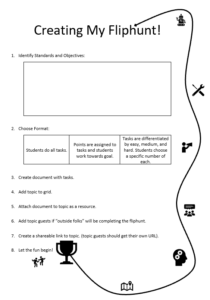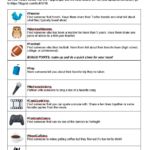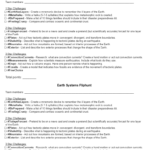Stay updated on the latest education trends. Explore tools, strategies, and insights to keep your teaching and learning practices innovative.
Howdy, folks! Welcome to another in a series of periodic ed tech news roundups. We hope you enjoy this one, and if you have a story you’d like to see included, let us know.
Visualization Nation
One skill all informed people need is the ability to read, understand, and interpret data. Often, this data comes in the form of graphs, maps, and charts, known as data visualizations. At every level of education, educators are working to bring the power of data to bear, and prepare students to comprehend and use those tools.
- Researchers are taking a close look at what works in teaching data visualizations — and why it’s important. [Quartz]
- Here in Texas, historian Julie Hardwick is teaching history to college students, and organizing masses of historical data using a common tool: Google Sheets. [UT Austin]
- Plus:
- Washington Post data reporter Christopher Ingraham reveals how the pros read charts.
- The New York Times provides an on-demand webinar to help educators teach with graphs.
Tricks of the Trades
Career readiness is an important part of K-12 education. As more Americans join a seemingly ever-changing workforce, some programs are aiming to help students get on track for skilled work in a number of trades through the revival of the apprenticeship model.
- In Washington state, a new apprenticeship model is being put in place, but a number of implementation questions remain. [Seattle Times]
- America’s leading community college association, the American Association of Community Colleges, has announced an initiative to create 16,000 new apprentices in three years. [Inside Higher Ed]
Stopping Cyberbullying
Each year at this time, we commit to improve something about ourselves, our communities, and the world. One place to start is with cyberbullying. Here are some ways schools and even companies are working to end online harassment.
- Writer Vicki Vila’s extensive commentary covers the modern landscape of digital citizenship and the tools needed to protect student safety and combat cyberbullying. [Dallas Morning News]
- On the corporate side, Instagram is piloting the use of AI to warn posters about captions and content that may be offensive. [engadget]
… And Finally in Ed Tech News
Think a message in a bottle is just a storytelling trope? These students in North Carolina might beg to differ. [Winston-Salem Journal]
Photo: Hristina Šatalova




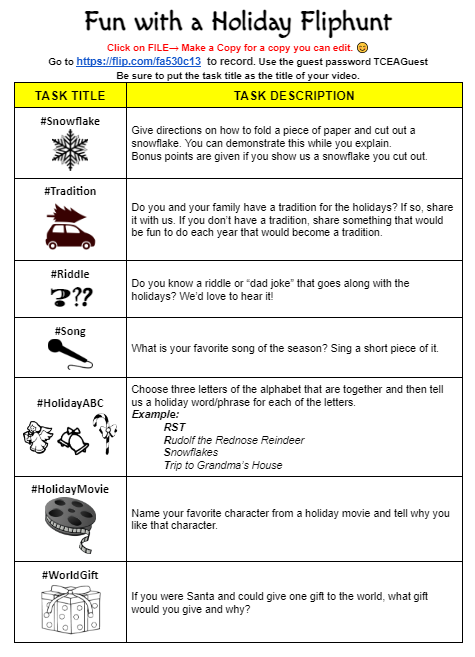
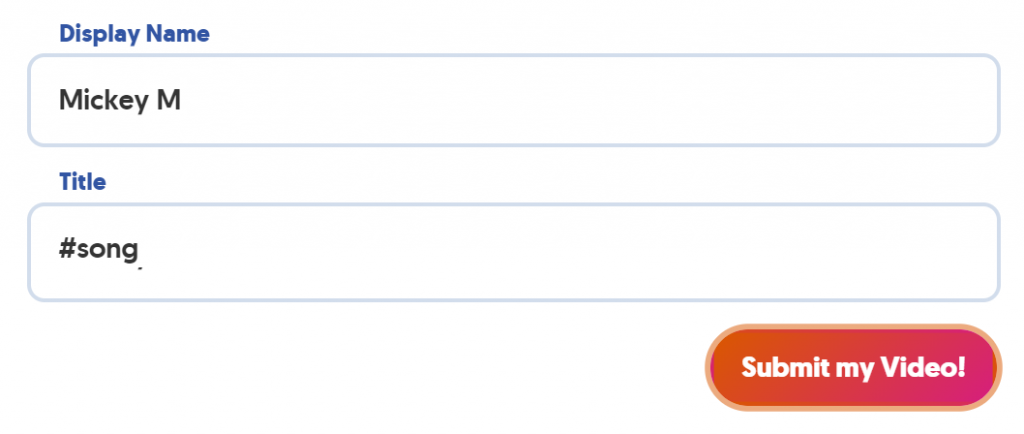





 something because of their interests. This helps me see how students are using technology when they are looking for specific information or want to learn a skill. Only 9% of both middle and high school students post a question on a discussion board or a forum. Do we need to be more intentional in using this type of application? Do they just not know how, or have they found better ways to seek answers to their questions?
something because of their interests. This helps me see how students are using technology when they are looking for specific information or want to learn a skill. Only 9% of both middle and high school students post a question on a discussion board or a forum. Do we need to be more intentional in using this type of application? Do they just not know how, or have they found better ways to seek answers to their questions?  I also discovered that 43% of my teachers are facilitating student collaboration projects using online tools. This is such a great skill. How can I leverage these teachers to help other teachers do this as well? Also, I’m pleasantly surprised that 44% of my teachers are using an online curriculum. However, I want to know more. What is the frequency? Are they occasionally doing this or is this something they use every day? I also want to know what they are using. Are they using the district’s Learning Management System, or is it an online textbook?
I also discovered that 43% of my teachers are facilitating student collaboration projects using online tools. This is such a great skill. How can I leverage these teachers to help other teachers do this as well? Also, I’m pleasantly surprised that 44% of my teachers are using an online curriculum. However, I want to know more. What is the frequency? Are they occasionally doing this or is this something they use every day? I also want to know what they are using. Are they using the district’s Learning Management System, or is it an online textbook?  integrate digital content, tools, and resources into their daily instruction. 51% said they wished they had a classroom set of digital devices. 49% said they needed to know that their students had adequate broadband access outside of school and 46% indicated they were concerned that they didn’t have consistent, reliable internet access within school. Maybe I need to have my staff do some focus groups related to internet access and speed. Looking at my network resources, they should have adequate bandwidth, but maybe something is happening on campus that I am not aware of. While my team is on campus, I probably should also have them ask teachers about the availability of technical support since 47% of the teachers indicated it was lacking. And lastly, my teachers still need time to plan with their colleagues (60%) and additional professional development (50%). I need more staff to be able to meet this need!
integrate digital content, tools, and resources into their daily instruction. 51% said they wished they had a classroom set of digital devices. 49% said they needed to know that their students had adequate broadband access outside of school and 46% indicated they were concerned that they didn’t have consistent, reliable internet access within school. Maybe I need to have my staff do some focus groups related to internet access and speed. Looking at my network resources, they should have adequate bandwidth, but maybe something is happening on campus that I am not aware of. While my team is on campus, I probably should also have them ask teachers about the availability of technical support since 47% of the teachers indicated it was lacking. And lastly, my teachers still need time to plan with their colleagues (60%) and additional professional development (50%). I need more staff to be able to meet this need! 
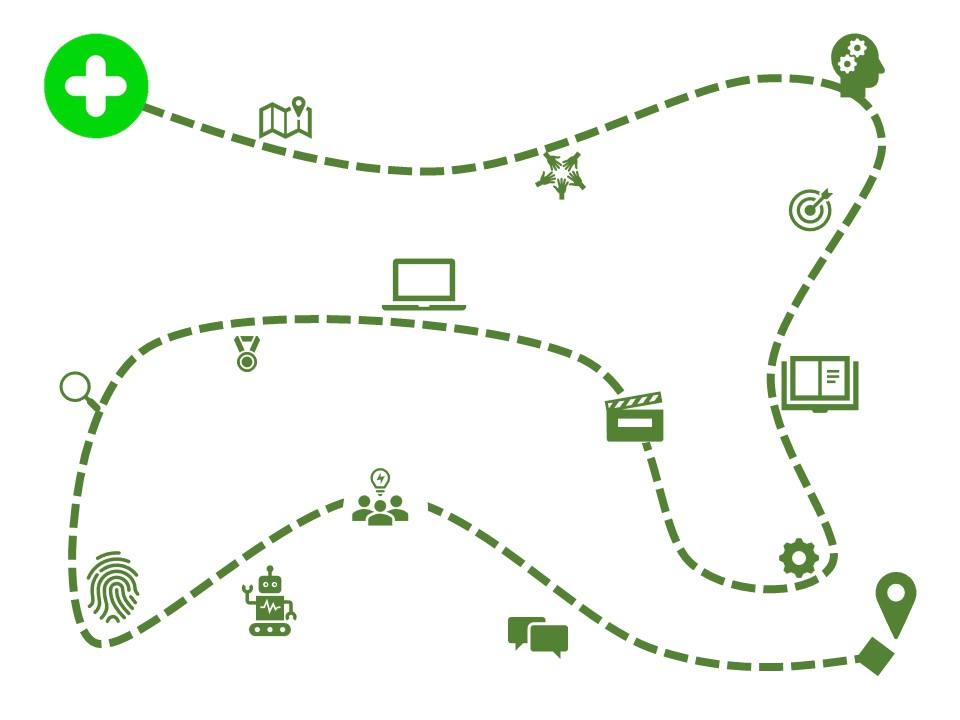
 Regardless of what you teach, your students will most likely respond well to an adventure of some kind as opposed to worksheets or traditional whole-group learning. So a fliphunt is perfect for your classroom. But, you might be asking yourself, “What is a fliphunt?” Designed by Kathi Kersznowski (
Regardless of what you teach, your students will most likely respond well to an adventure of some kind as opposed to worksheets or traditional whole-group learning. So a fliphunt is perfect for your classroom. But, you might be asking yourself, “What is a fliphunt?” Designed by Kathi Kersznowski (
